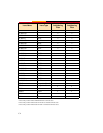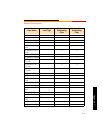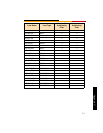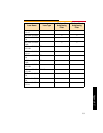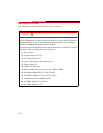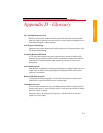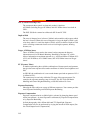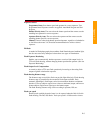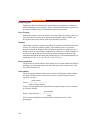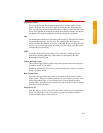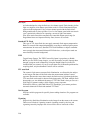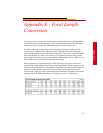
D-2
CPU (Central Processing Unit)
The component that controls an electronic product’s functions.
AF Nikkor (including D-type AF Nikkor) and AI-P Nikkor lenses have built-in
CPUs.
The DCS 300 Series camera has a Motorola 821 Power PC CPU.
Depth of field
The zone of sharpest focus in front of, behind, and around the subject upon which
the lens is focused. When this zone of sharpness is large, the depth of field is said
to be deep; when it is small, the depth of field is said to be shallow. Depth of field
varies according to numerous factors such as focal length, aperture, shooting
distance, etc.
D-type AF Nikkor lenses
These AF Nikkor lenses send to the camera’s microcomputer the distance
information used for 3D Matrix Metering. Identified by the letter “D” which
follows information on maximum aperture (e.g., AF Zoom-Nikkor 35-80mm f/3.5-
4.5 D). All IX-Nikkor, AF-1 Nikkor lenses, and AF-S Nikkor lenses are D-type
lenses.
EV (Exposure Value)
A number representing the available combinations of shutter speeds and apertures
that give the same exposure effect under conditions of similar scene brightness and
ISO.
At ISO 100, the combination of a one-second shutter speed and an aperture of f/1.4
is defined as EV1.
The camera may be used only within the EV range of the exposure meter. For
example, the exposure metering range is from EV 0 to EV 20 for 3D Matrix
Metering and Center-Weighted Metering, at ISO 200 with an f/1.4 lens.
Exposure Bracketing
Shooting the same subject at a range of different exposures. Your camera provides
Auto Exposure Bracketing and Flash Exposure Bracketing.
Exposure Compensation
Exposure compensation for available light is activated by changing shutter speed
and/or lens aperture—by Auto Exposure Lock button, by Exposure Compensation,
or by Exposure Bracketing.
In flash photography with a Nikon-dedicated TTL Speedlight, Exposure
Compensation can also be performed by varying the amount of flash output. (See
also Flash Output Level Compensation.)



